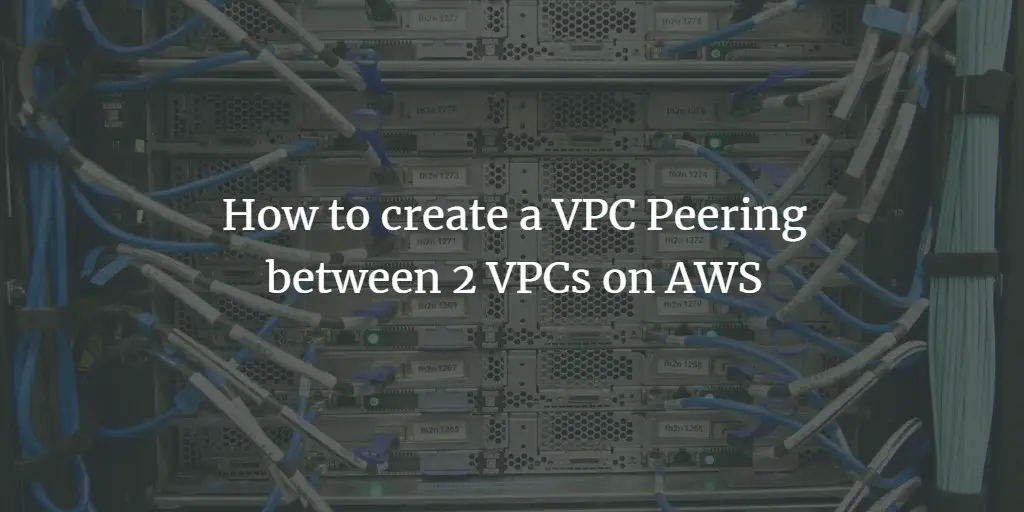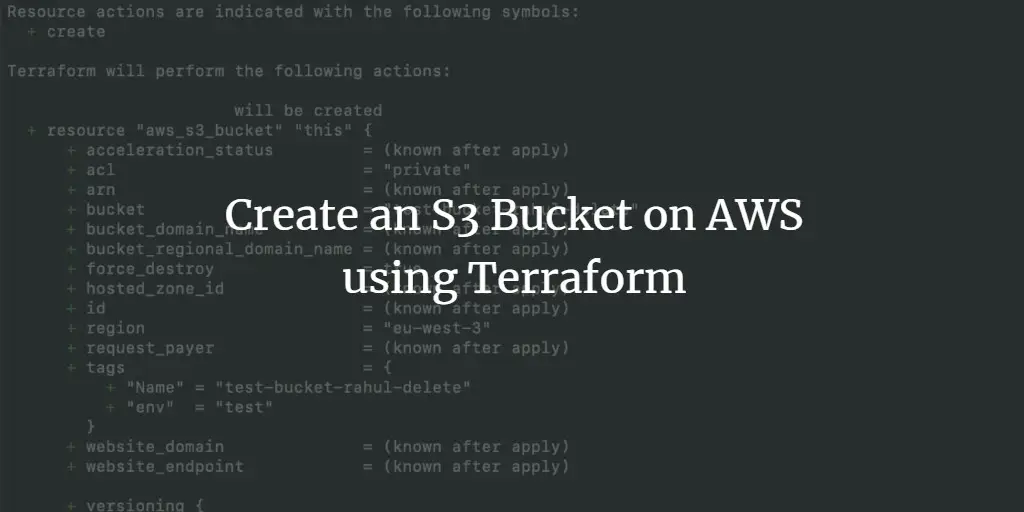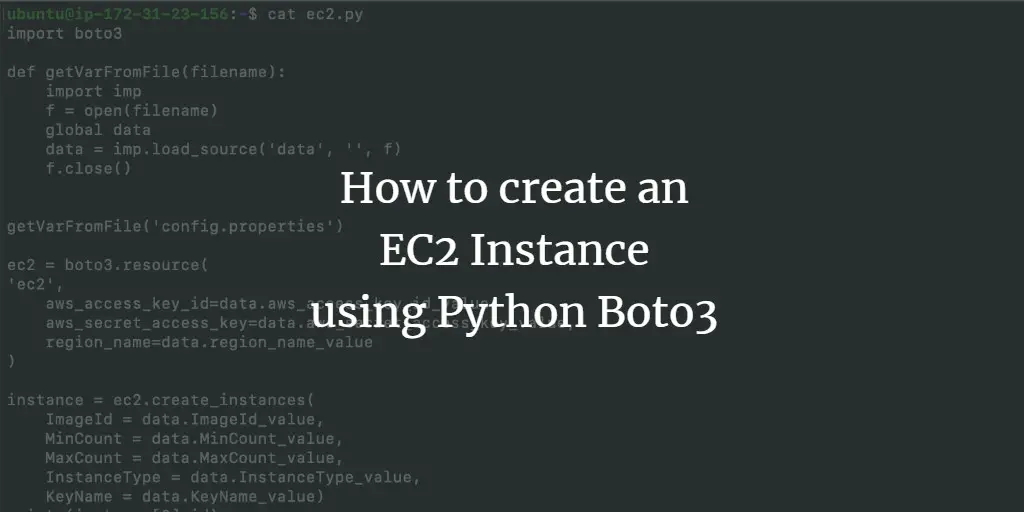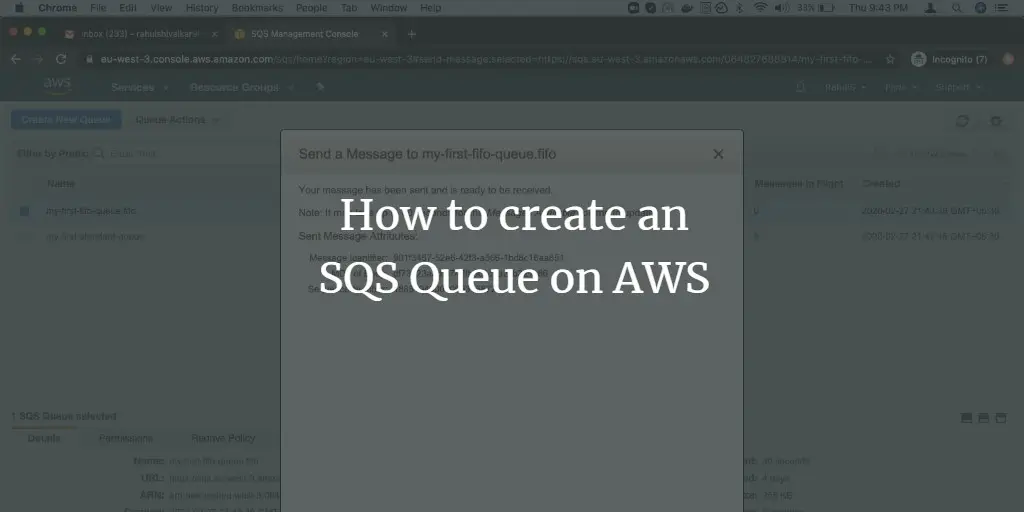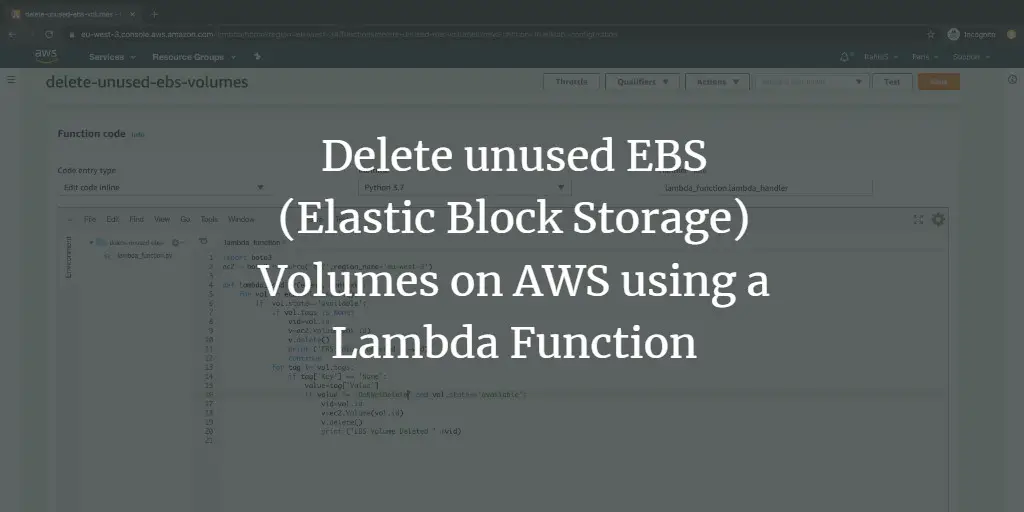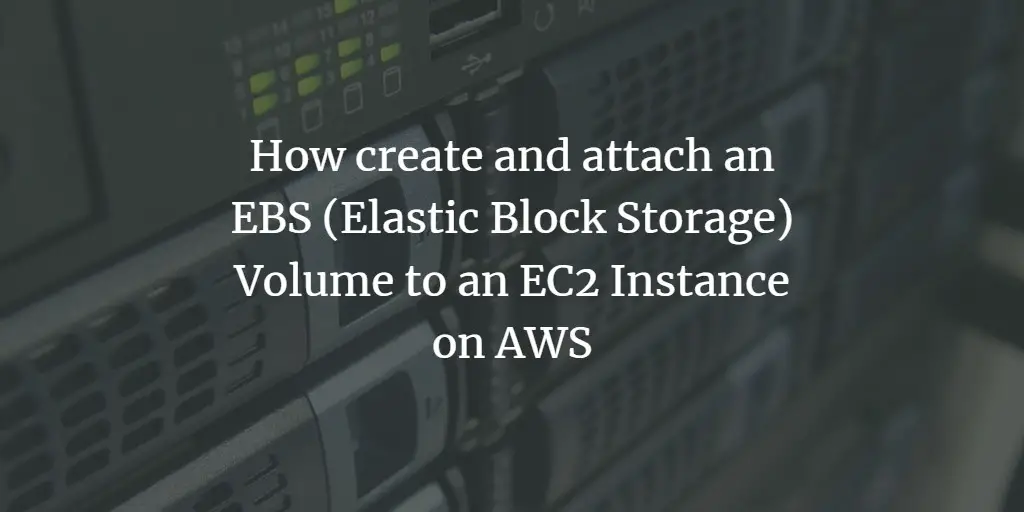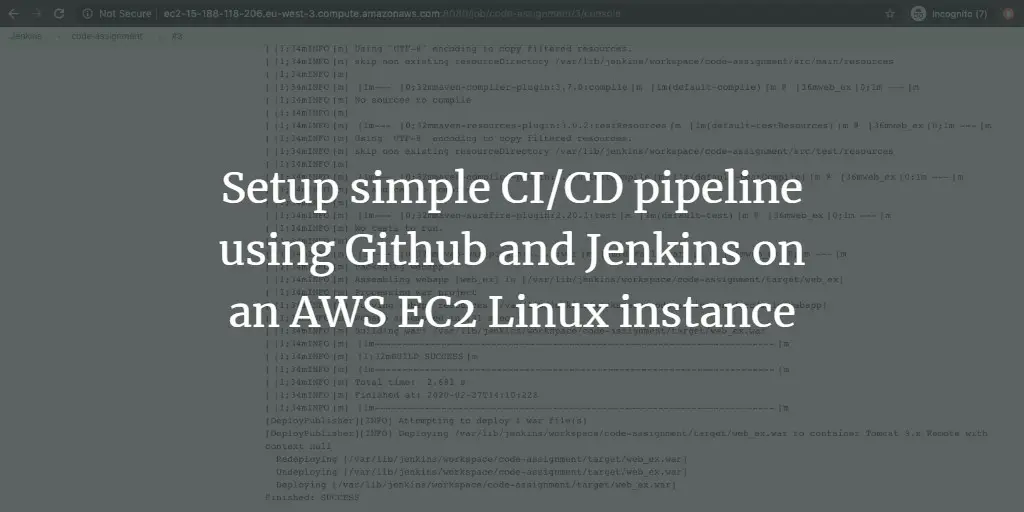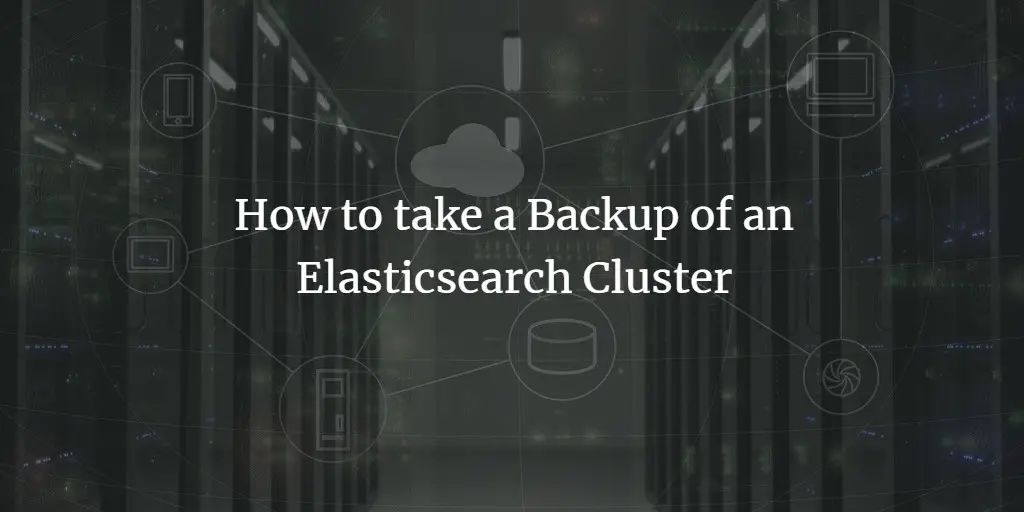Linux Tutorials on the topic “cloud”
-
How to create a VPC Peering between 2 VPCs on AWS
Author: Rahul Shivalkar • Tags: cloud, linux, virtualization • Comments: 0A VPC peering connection is a connection between two VPCs that enables you to route traffic between them. We can create a VPC peering connection between our VPCs, or with a VPC in another AWS account. The VPCs can also be in different regions.
-
Create an S3 Bucket on AWS using Terraform
Author: Rahul Shivalkar • Tags: cloud, linux, virtualization • Comments: 0Terraform is the "Infrastructure as Code (IaC)" tool. It is used to build, manage and change infrastructure in a safe and repeatable way. In this article, I will show you how to use Terraform to create an S3 bucket on AWS.
-
How to create an Amazon AWS EC2 Instance using Python Boto3
Author: Rahul Shivalkar • Tags: cloud, linux, programming, virtualization • Comments: 0In this article we will see how we can create an EC2 instance using Python Boto3. We will use the "create_instances" method to create an instance.
-
-
How to create an SQS Queue on AWS
Author: Rahul Shivalkar • Tags: cloud, linux • Comments: 0Amazon Simple Queue Service (SQS) is a managed message queuing service of AWS which enables us to decouple and scale microservices, distributed systems, and serverless applications.
-
Delete unused EBS (Elastic Block Storage) Volumes on AWS using a Lambda Function
Author: Rahul Shivalkar • Tags: cloud, linux • Comments: 0Amazon Elastic Block Store (EBS) is an easy-to-use, high-performance block storage service. It is like an external disk that can be attached to an EC2 Instance and used to store our data on it. This tutorial shows how to write a Lambda Function to delete Unused EBS Volumes.
-
How to create and attach an EBS (Elastic Block Storage) Volume to an EC2 Instance on AWS
Author: Rahul Shivalkar • Tags: cloud • Comments: 0Elastic Block Storage (EBS) is a high-performance block storage service. It is designed for use with Elastic Cloud Compute i.e. EC2 for transactions and intensive workload.
-
Setup simple CI/CD pipeline using Github and Jenkins on an AWS EC2 Linux instance
Author: Rahul Shivalkar • Tags: cloud, linux • Comments: 1In this article we will see the steps to implement a simple CI/CD pipeline using Jenkins. We will be using a sample Java Code and we will be deploying that code onto Apache Tomcat Web-Server as a .war file.
-
How to Create a Static Website on an AWS S3 Bucket
Author: Rahul Shivalkar • Tags: cloud, linux, web server • Comments: 0S3 Bucket is the Object Storage Service of AWS but an AWS S3 Bucket can also be used to host a static website. This guide will show you step-by-step how to use Amazon Web Services S3 to host static website files.
-
How to create a Network Load Balancer on AWS
Author: Rahul Shivalkar • Tags: cloud, linux • Comments: 0A Network Load Balancer works at the fourth layer of the Open Systems Interconnection (OSI) model, the Transport Layer. It opens a TCP connection to the selected target on the port specified in the listener configuration. In this article, we will see the steps to create a Network Load Balancer, register instances, and access the Load Balancer using its DNS.
-
How to take a Backup of an Elasticsearch Cluster
Author: Rahul Shivalkar • Tags: cloud, linux, ubuntu • Comments: 0This article will show you how to backup and restore an Elasticsearch cluster on Ubuntu Linux. A shared NFS directory is used as storage for the backup.

